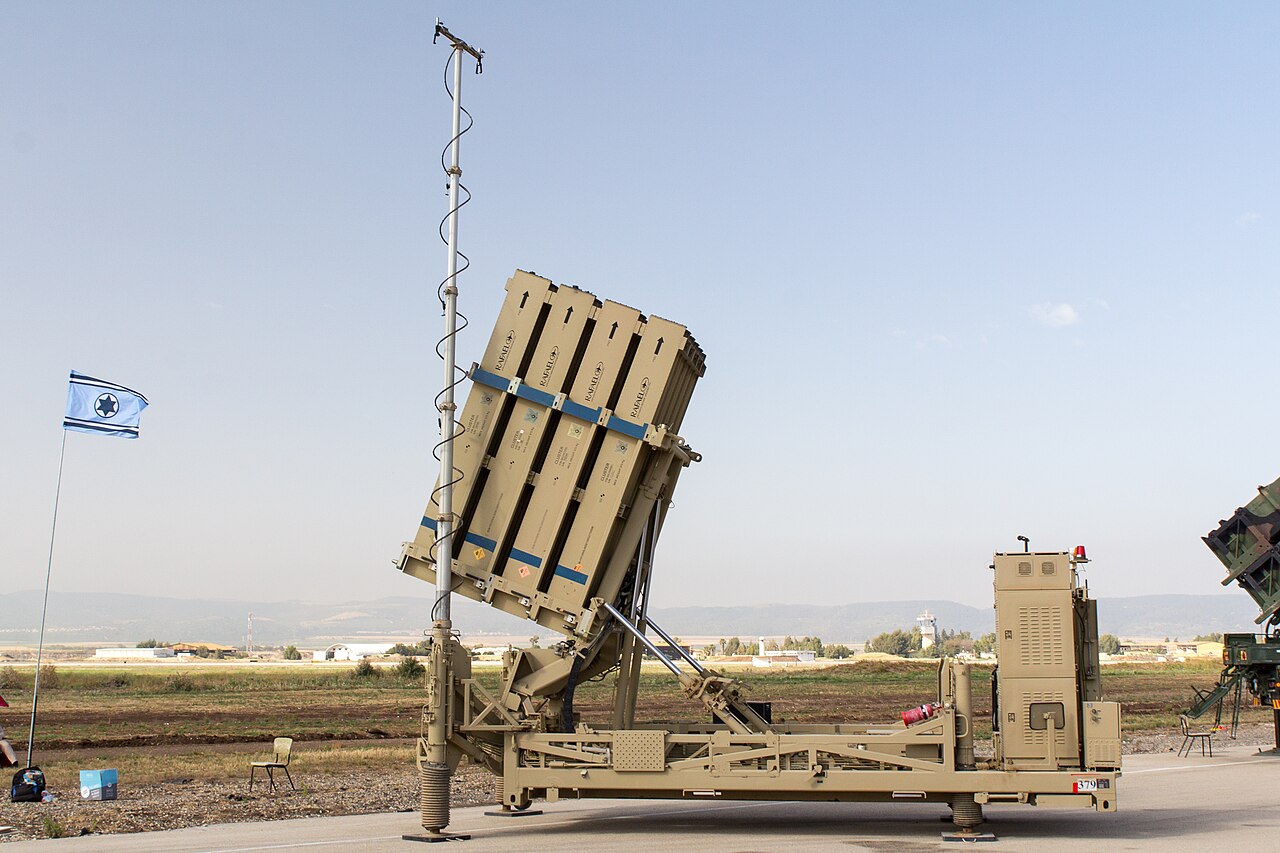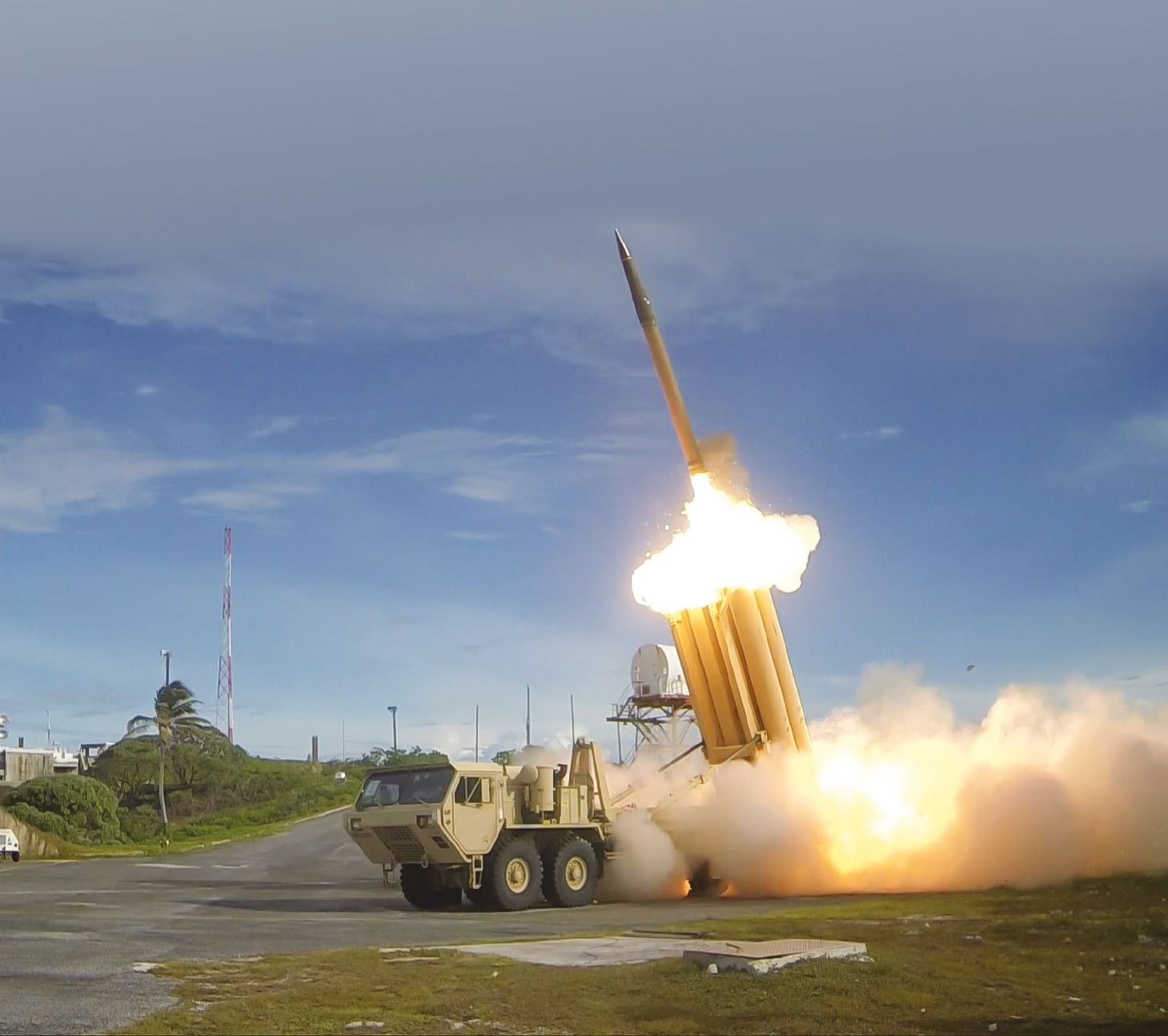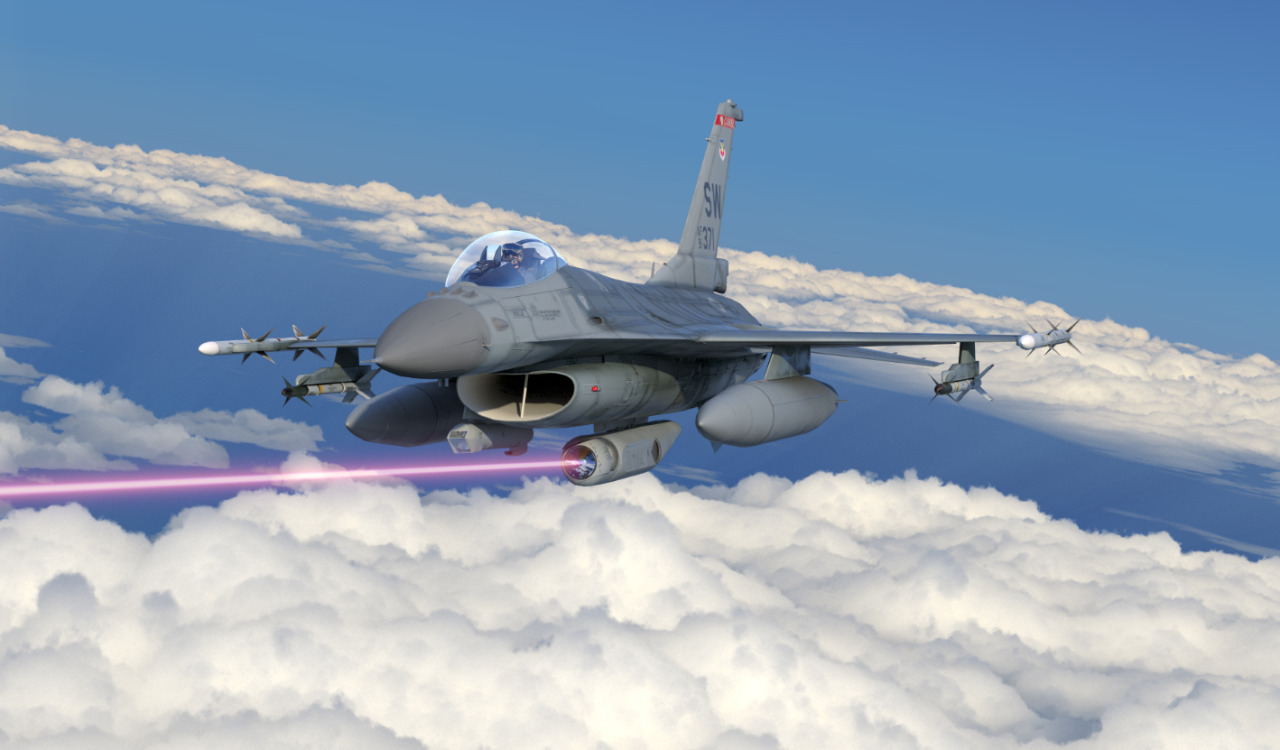Trump’s Ambitious Plan for a U.S. Iron Dome: Key Details Explained
Donald Trump announced plans to develop a U.S.-manufactured missile defense shield inspired by Israel's Iron Dome. The system aims to counter ballistic, cruise, and hypersonic threats, presenting significant technical and economic challenges for nationwide implementation
Donald Trump, the 47th president of the United States, has announced ambitious plans to develop a missile defense shield to protect American territory from ballistic, cruise, and hypersonic threats. The announcement was made during a campaign rally on Sunday, January 19, at the "Capitol One" Arena in Washington, D.C.
"I will order our military to begin building the great Iron Dome missile defense shield, which will be manufactured entirely in the United States," stated Trump, emphasizing the national nature of the project and his commitment to domestic technological development.
Inspiration from Israel's Iron Dome
Trump's proposed project draws inspiration from Israel's Iron Dome, a defense system renowned for its effectiveness in intercepting short-range missiles. Developed by Rafael Advanced Defense Systems with U.S. financial support, the Iron Dome has demonstrated an interception rate exceeding 90%, protecting civilians from rocket and artillery shell attacks.

Despite its success, the Iron Dome faces limitations against more sophisticated threats, such as long-range missiles and hypersonic weapons, for which it is complemented by other interceptor systems like David's Sling and Arrow, providing a layered defense strategy. Israel's defensive umbrella has been repeatedly tested since the Gaza Strip invasion, proving effective in repelling a significant portion of ballistic missile attacks from Yemen and Iran.
U.S. Missile Defense Systems
The United States has also developed its own missile defense systems, with key components including:
- Patriot PAC-3 MSE: Designed to destroy cruise missiles and short-range ballistic missiles, with an interception radius of 35 kilometers.
- THAAD (Terminal High Altitude Area Defense): A U.S. Army anti-air defense system that intercepts short-, medium-, and intermediate-range ballistic missiles during their terminal phase using a hit-to-kill system.
- SM-3: A naval interceptor from the Standard Missile family of air defense missiles, created for U.S. Navy ships to destroy short- and medium-range ballistic missiles.

Implementation Challenges
While Israel's system is designed to operate within an integrated air and missile defense network covering nearly the entire country, U.S. missile defense systems are intended for specific operational theaters and are less integrated. Additionally, geographical differences are significant. For the U.S. to achieve similar protection, a massive deployment of various missile batteries would be required to cover strategic areas across its vast territory. The cost of such an endeavor would be extraordinary, potentially compromising the defense budget allocated to other priority projects.
Trump's proposal faces enormous technical and economic challenges. The explicit reference to the Iron Dome suggests the possibility of utilizing this technology to create the American missile defense shield. In fact, the Iron Dome can be produced in the U.S. under the name SkyHunter, thanks to a cooperation agreement between Rafael and Raytheon. The latter also collaborates with Rafael to produce the David's Sling system, both positively evaluated by the U.S. Army and Marine Corps, with the expectation of receiving production orders in the near future.
Technological Innovation for New Challenges
The U.S. is also investing in developing high-power lasers and directed energy weapons, which could complement the proposed system by providing cost-effective and rapid solutions to neutralize specific threats like drones and missiles. Integrating the missile defense shield with the Integrated Battle Command System (IBCS) will be essential for effective coordination between various missile defense platforms.

The threat of hypersonic weapons developed by China and Russia must also be addressed by the eventual American missile defense umbrella, which will need to integrate the new generation of space-based sensors under development for early detection and tracking of these threats.
Conclusion
Trump's ambitious project for a new American missile defense shield faces significant challenges, both technological and economic, given the vast territorial coverage required. The question arises whether the U.S. can achieve a level of missile protection comparable to Israel's by importing and implementing similar solutions. Whatever the approach, the task will be formidable. Nevertheless, President Trump remains optimistic, confident that the advanced technological level of the U.S. defense and space industry will overcome these challenges.

/https://aviacionlinecdn.eleco.com.ar/media/2024/08/Patriot-PAC-3.jpg)
Para comentar, debés estar registradoPor favor, iniciá sesión